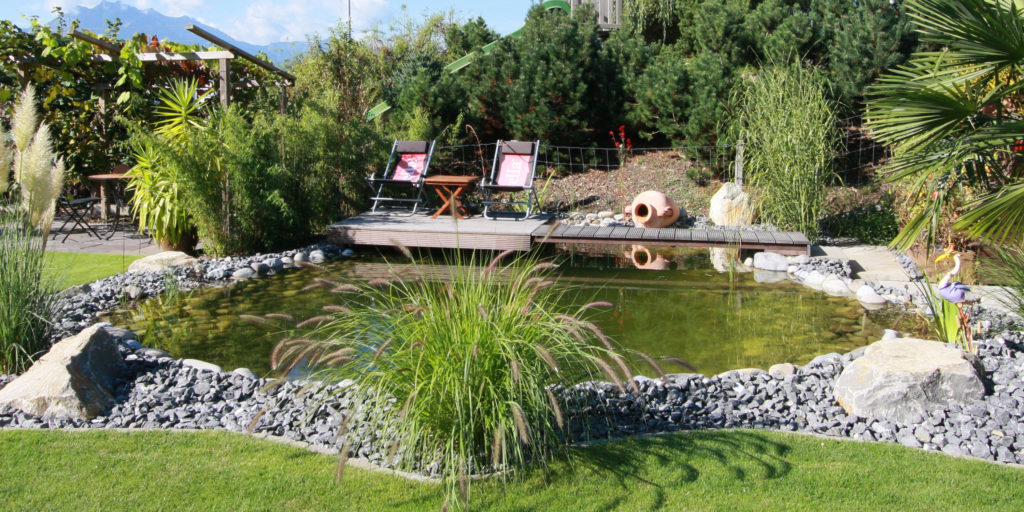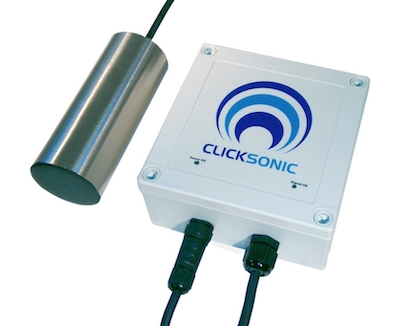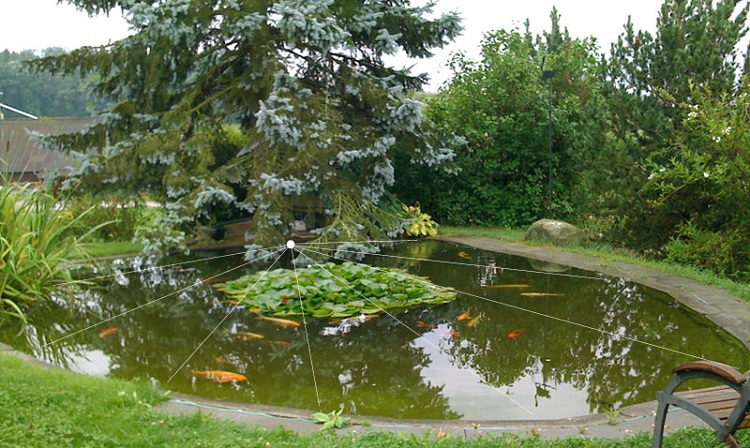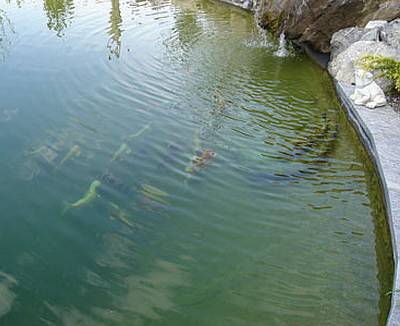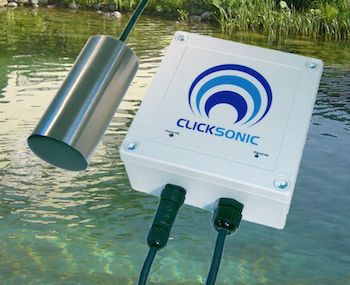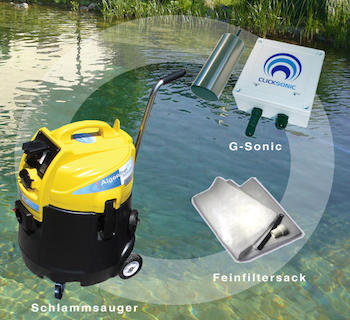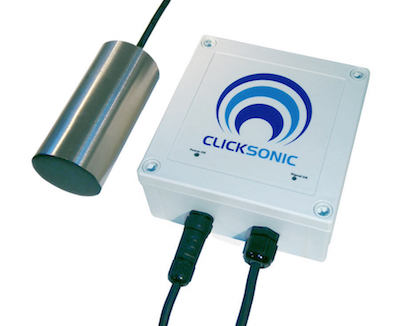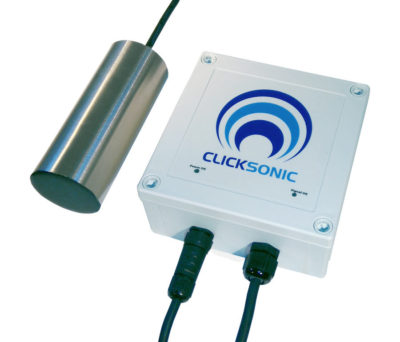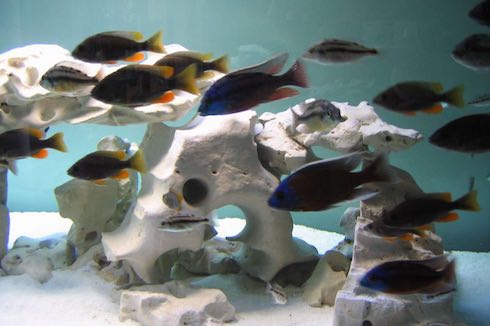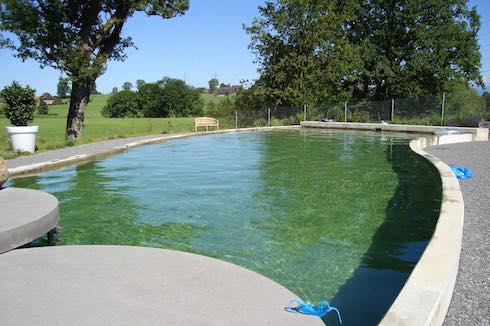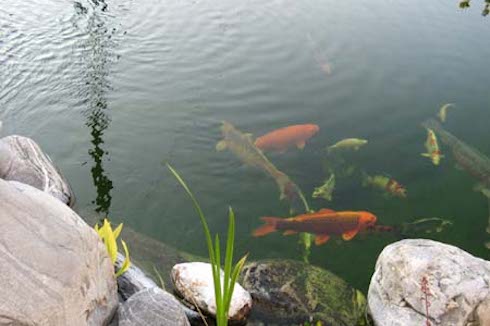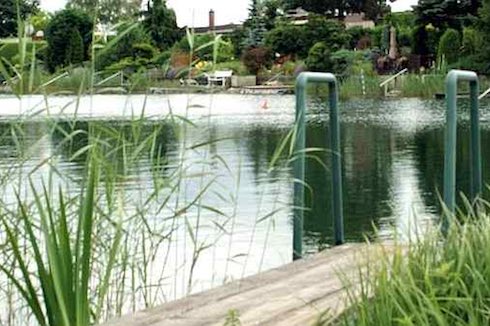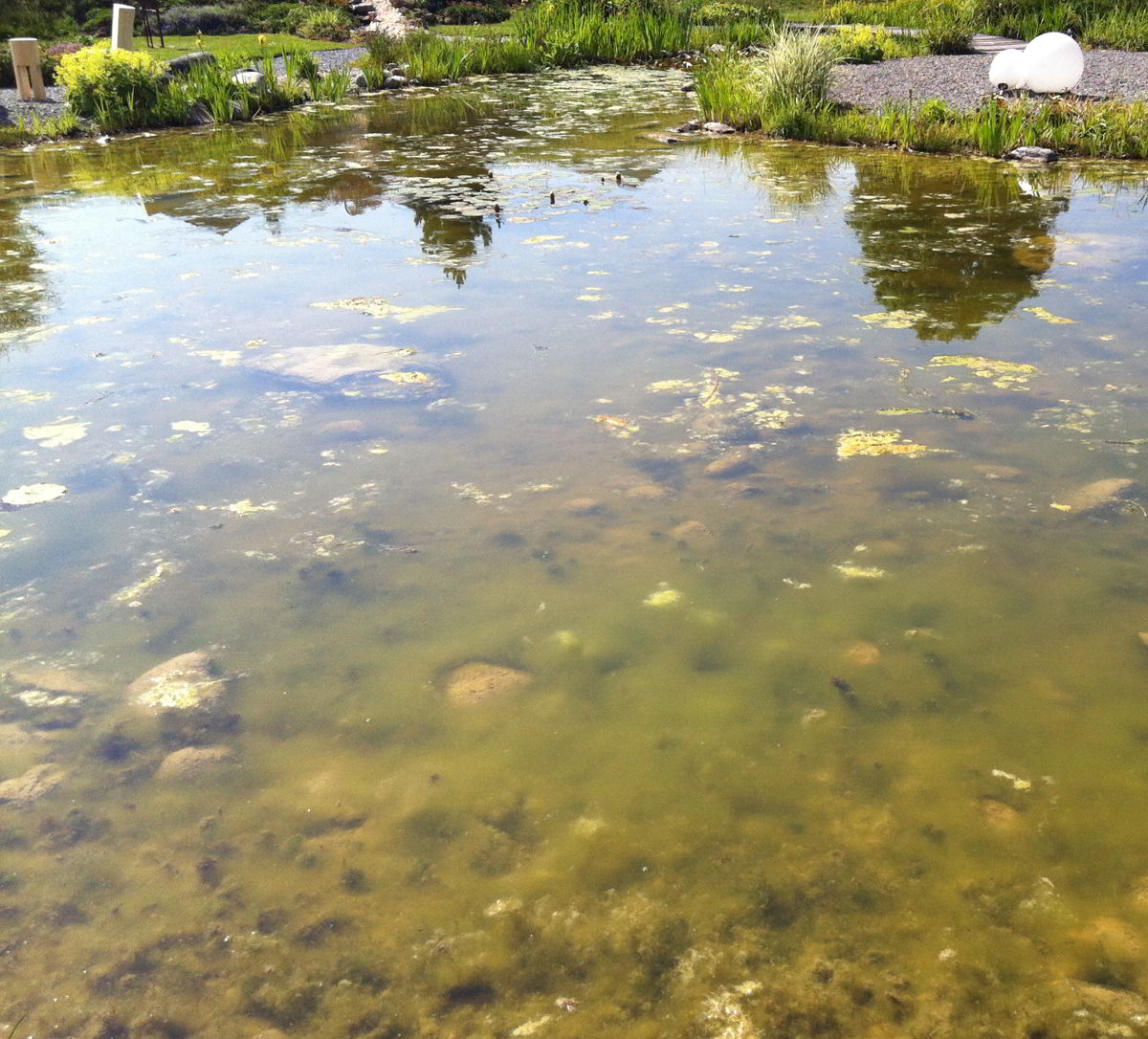
What are algae?
Algae are low plant organisms, mostly living in water, which are organized as unicellular organisms or as multicellular organisms. The name “Alge” is a colloquial, non-organic name.
More than 3 billion years ago life began with the first green creatures, the archaebacteria and cyanobacteria. These are also called blue-green algae.
What do algae need to live?
Algae don’t need much to live on. Nutrients from the water such as phosphate and nitrate, but above all sufficient sunlight are sufficient for them.
How do algae originate?
Algae produce biomolecules from water and carbon dioxide. The green substance chlorophfeyll, which converts sunlight into energy (photosynthesis), is present in the cells of the algae. With the help of light, carbon dioxide (CO2) and nutrient salts (phosphate, nitrate, etc.) the cell substance of the alga grows and produces fats, proteins and sugar.
The alga is divided into different groups:
- Prokaryotes – organisms without a cell nucleus. Prokaryotic algae are called cyanobacteria, blue-green algae or smear algae.
- Eukaryotes or eukaryotes – Organisms with cell nucleus and cell membrane, approx. 10-100 times larger than prokaryotes.
- Eukaryotic algae are all other algae: Green algae, brown algae, diatoms, euglenophyceae, dinoflagellates, chrysophyceae, haptophyceae, cryptophyceae, etc.
Green algae and thread algae
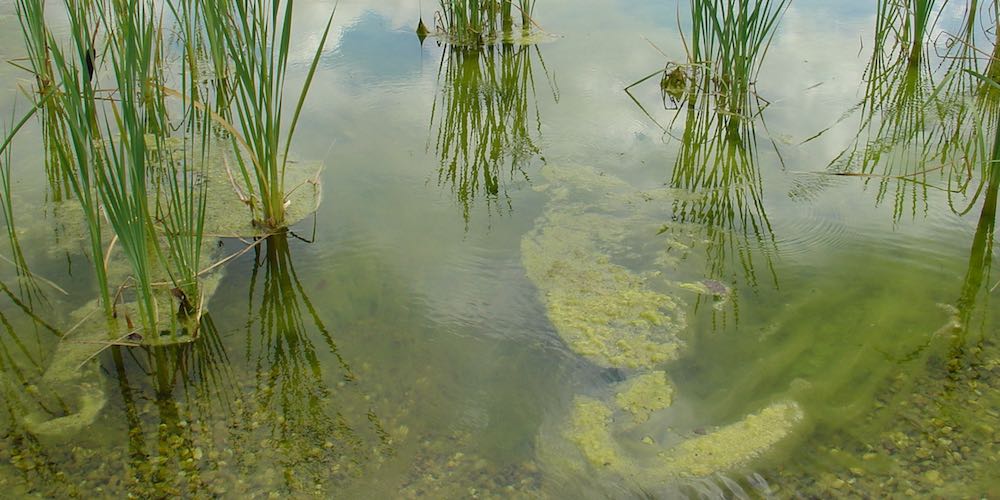
Green algae also include thread algae, which form green algae mudflats and are very common in ponds. In the classical classification of algae, the chloromonadophyta, yellow-green algae, gold algae, diatoms and brown algae are counted as classes in the heterocontophyta group.
Filamentous algae are sometimes referred to as thread algae or pond foam. They appear like fine green threads that form floating carpets and are often moved across the pond by the wind. These algae are often found on rocks, flooded trees, other aquatic plants and jetties.
Macrophytic algae resemble real plants because they seem to have a stem and leaves and are rooted in the soil. A frequently occurring macrophytic alga is called chara or musk grass (because of its strong musk-like odour). Chara feels rough when touched due to lime deposits on its surface. This has brought her another often used name – stone root.
Algae problems
For the most part, algae are of little value for your garden pond or lake. The filamentous forms (thread algae) and the plankton have a gigantic reproduction rate and their sudden death can cause an oxygen deficiency. The oxygen needed for the fish in ponds and lakes can be provided by other aquatic plants in the pool that would thrive without competition from the algae.
Algae problems are usually caused by an excess of nutrients (nitrates and phosphates) in the pond. From the moment a pond is created, nutrients from the environment are washed into it. The older a pond gets, the more nutrients it has accumulated and the more susceptible it is to algae problems. The water derived from fertile fields, meadows and pastures, forage grounds, disinfection tanks and irrigation fields accelerates the accumulation and growth of algae in the pond.
Excessive algal growth will atrophy or suppress other forms of aquatic plants. In addition, the sunlight required for normal growth is blocked. Problems with the taste and smell of drinking water and sometimes even the death of fish are also associated with the excessive growth of plankton. Filamentous and macrophytic algae often form dense plants that make fishing, swimming and other recreational activities almost impossible. A complete coverage can prevent the penetration of sunlight and restrict the production of oxygen and the food components needed for good growth of fish stocks. If the presence of algae prevents the planned use of the pond, a method of controlling the algae should be considered.
Algae control
The algae explosion and carpets from thread algae can be removed with a rake, a cheese-maker or similar equipment. However, this method of algae control is very labour-intensive and offers only temporary control. In some cases, the algae seem to regrow just as quickly as they are removed.
Before using chemicals you should consider the possible contamination of household water supplies and waiting times for irrigation of livestock, fish consumption, swimming and possible skin irritations.
A “biological control” occurs when one life form is used to control another or to manipulate the biological balance in such a way that an unwanted plague is adversely affected. It is wise to be cautious when deciding on biological control. It can subsequently turn out to be unfavourable if the life form introduced becomes a greater problem than the original plague.
“Barley Straw” was tested in England by the Centre for Aquatic Plant Management for the possibility of controlling plankton and filament algae. These tests have been continued continuously over the last 15 years. “Barley Straw” and other straw species have been used in the United States occasionally with very mixed results and will not solve the problem. can be completely resolved.


